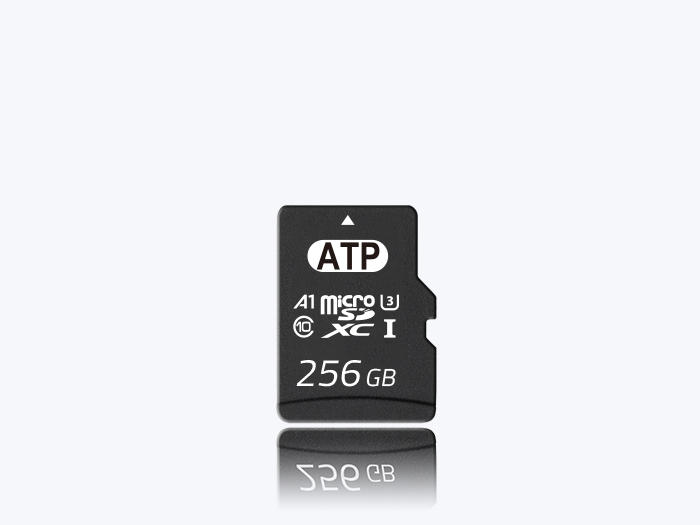Introduction
Transportation has gone a long way since Leonardo da Vinci invented the self-propelled cart in the 15th century, which became the forerunner of the modern automobile. Today’s vehicles are no longer just means to arrive at a certain destination but have transformed into hubs of information, entertainment and communication. Many vehicles can now perform certain functions autonomously as automotive innovations drive unprecedented levels of connectivity and automation. In a few more years, vehicles will run with little to no human intervention. At the heart of these spectacular capabilities are colossal amounts of data from numerous sensors that monitor and perceive what is happening inside and outside the car. Self-driving cars, for example, generate about 4 TB of data daily in just an hour and a half of driving. Technologies such as advanced driver assistance systems (ADAS) and driver monitoring systems (DMS) encompass a wide range of solutions that enable vehicular intelligence for making instant decisions based on situational understanding to ensure driving comfort and safety by drastically reducing accidents resulting from human error.
Unique Challenges
While on the road, vehicles face numerous challenges. Unpredictable weather shifts, vibration, humidity and extreme temperatures are just a few. Storage media for the automotive market should perform consistently, without any drops in performance over time. As such, they need robust memory and storage solutions that can hurdle rigorous environmental, power and thermal challenges to ensure safer and more comfortable driving.
They should have the ability to perform in critical situations such as a sudden power loss or an accident, and should have the following characteristics:
• Flexibility, with a wide operating temperature range
• Reliability and power efficiency
• Have the ability to detect and correct errors
Solutions
Use Cases
Connected and autonomous vehicles have a diverse range of data storage needs, so storage devices should be chosen wisely based on what they will be used for. Here some common examples:
Read-Intensive
In-Vehicle Infotainment (IVI) & Navigation
Vehicles with IVI systems allow users to play audio content, enjoy rear-seat entertainment such as movies, watch the news, play games and more. Navigation systems provide 3D maps, directions based on given criteria such as the shortest or fastest routes, traffic conditions and weather forecasts.
Write-Intensive
Drive Recorder/Event Data Recorder (EDR)
Popularly referred to as a dash camera or dash cam, a drive recorder/EDR is an onboard camera that continuously records what is happening during the trip. It is typically installed on the front/rear windscreen or windows. Some cameras record not only the view outside but also provide the interior of the vehicle and can serve as tachographs recording important vehicle information such as acceleration/deceleration, speed, steering angle and more. Dash cams are useful in providing video evidence of road accidents, traffic violations or any unusual event.
Mixed Use
Edge Gateways
Function as "bridges" where all data going to or coming from the cloud go through. They also allow data to be stored, analyzed and processed at or closer to the data source rather than in a centralized or cloud-based location. They offload the network, cut transmission costs, and optimize the data collected for immediate insight or swift response.
Fleet Surveillance/Management Systems
These systems help ensure the efficient and secure delivery of goods by tracking vehicle location and condition, monitoring road and weather conditions, optimizing delivery routes, and even analyzing driver behaviors. Overall benefits include operational cost savings, investment protection and more efficient logistics.
ADAS/DMS
Common Advanced Driver Assistance Systems (ADAS) technologies enable vehicles to perform certain functions autonomously or with little to no human intervention; for example, adaptive cruise control, automatic electronic braking, lane departure warning, self-parking, and forward and rear collision warning. Self-aware vehicles equipped with Driver Monitoring System (DMS) can now provide understanding of the driver’s state in real time and can make instant decisions based on situational insight to ensure safety. Driver drowsiness detection, for example, can enhance vehicle systems for safer and better driving to reduce road fatalities by minimizing human error.
Featured Technologies
AutoRefresh
Monitors the error bit level in every operation. Before the error bit in a block reaches or exceeds the preset threshold value, AutoRefresh moves the data to a healthy block, thus preventing the controller from reading blocks with too many error bits and averting read disturbance and data corruption.
Industrial Temperature
Operational stability in extreme temperatures from -40°C to 85°C.
Dynamic Data Refresh
Runs automatically in the background to reduce the risk of read disturbance and sustain data integrity in seldom-accessed areas by sequentially scanning the user area flag record without affecting the read/write operation. The data that has been completely moved to another block will be read and compared with the source data to ensure data integrity.
Recommended Products


Specifications
View product| e.MMC | ||||||
|---|---|---|---|---|---|---|
| Product Name | Industrial Grade | Industrial Grade | Automotive Grade 3 | Automotive Grade 3 | Automotive Grade 2 | Automotive Grade 2 |
| Product Line | Premium | Superior | Premium | Superior | Premium | Superior |
| Naming | E700Pi | E600Si | E700Pia | E600Sia | E700Paa | E600Saa |
| IC Package | 153-ball FBGA | 153-ball FBGA | 153-ball FBGA | 153-ball FBGA | 153-ball FBGA | 153-ball FBGA |
| JEDEC Specification | v5.1, HS400 | v5.1, HS400 | v5.1, HS400 | v5.1, HS400 | v5.1, HS400 | v5.1, HS400 |
| Flash Type | 3D pseudo SLC | 3D MLC | 3D pseudo SLC | 3D MLC | 3D pseudo SLC | 3D MLC |
| Density* | 8 GB to 64 GB | 16 GB to 128 GB | 8 GB to 64 GB | 16 GB to 128 GB | 8 GB to 64 GB | 16 GB to 128 GB |
| Bus Speed Modes | x1 / x4 / x8 | x1 / x4 / x8 | x1 / x4 / x8 | x1 / x4 / x8 | x1 / x4 / x8 | x1 / x4 / x8 |
| Performance** Seq. Read/Write up to (MB/s) | 300 / 240 | 300 / 170 | 300 / 240 | 300 / 170 | 300 / 240 | 300 / 170 |
| Performance** Random Read/Write up to (IOPS) | 15K / 30K | 15K / 30K | 15K / 30K | 15K / 30K | 15K / 30K | 15K / 30K |
| Operating Temperature | -40°C to 85°C (Industrial) | -40°C to 85°C (Industrial) | -40°C to 85°C (AEC-Q100 Grade 3) | -40°C to 85°C (AEC-Q100 Grade 3) | -40°C to 105°C (AEC-Q100 Grade 2) | -40°C to 105°C (AEC-Q100 Grade 2) |
| Reliability Max. TBW** | 1320 TB | 824 TB | 1320 TB | 824 TB | 1213 TB | 309 TB |
| Reliability MTBF @ 25°C | > 2,000,000 Device hours | > 2,000,000 Device hours | > 2,000,000 Device hours | > 2,000,000 Device hours | > 2,000,000 Device hours | > 2,000,000 Device hours |
| ICC (Typical RMS in Read/Write) mA | 135 / 155 | 135 / 180 | 135 / 155 | 135 / 180 | 135 / 155 | 135 / 180 |
| ICCQ (Typical RMS in Read/Write) mA | 110 / 95 | 110 / 100 | 110 / 95 | 110 / 100 | 110 / 95 | 110 / 100 |
| Dimensions: L x W x H (mm) | 11.5 x 13.0 x 1.3 (max.) | 11.5 x 13.0 x 1.3 (max.) | 11.5 x 13.0 x 1.3 (max.) | 11.5 x 13.0 x 1.3 (max.) | 11.5 x 13.0 x 1.3 (max.) | 11.5 x 13.0 x 1.3 (max.) |
*Low-density parity-check error correcting code. By product support.
**All performance is collected or measured using VIDAR proprietary test environment, without file system overhead.





